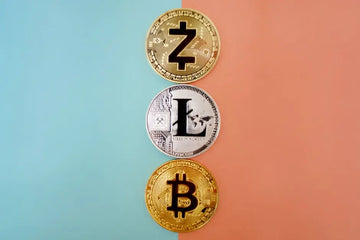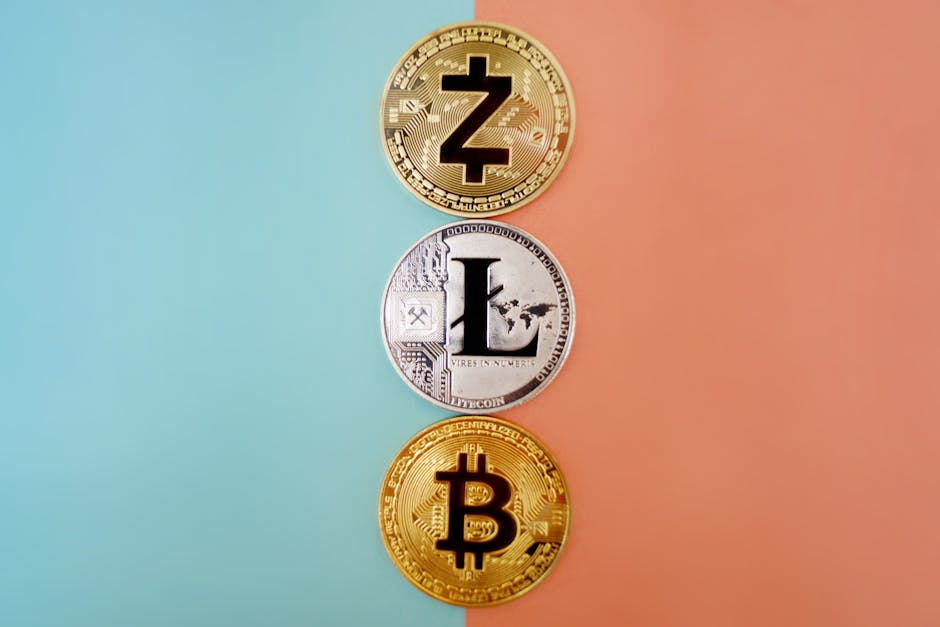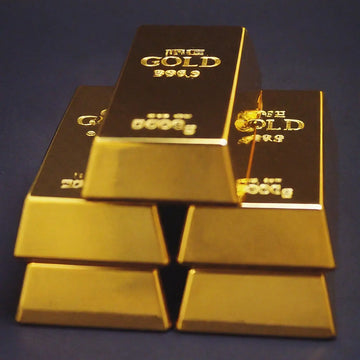Introduction to the Gold Bullion Market
Gold bullion refers to gold in its physical form, either as bars or coins. People and governments buy gold bullion as an investment or to preserve wealth. The price of gold bullion can go up or down depending on several factors, like how the economy is doing, inflation rates, and big global events. When economic times are uncertain or inflation is high, more people want to buy gold. This is because gold has a reputation for being a safe place to put your money. The price of gold can also change when there are big news events or geopolitical tensions. For example, if there’s a war or rumors of war, people might buy more gold because they’re worried about the future. So, keeping an eye on global events can give you clues about where the gold market might be headed. Remember, investing in gold bullion can be a smart move, but it’s important to understand how it works and what affects its price.
Historical perspective: Key global events that shaped the gold bullion market
Over the years, a handful of events have dramatically shaken the gold bullion market, highlighting its vulnerability and resilience. For starters, the Great Depression of the 1930s saw investors flocking to gold as a safe haven, resulting in the U.S. government passing the Gold Reserve Act of 1934, which significantly affected the market by changing the price of gold. Then there was the Bretton Woods Agreement in 1944, establishing a post-war economic order and fixing the U.S. dollar to gold at $35 an ounce, influencing global economic policies and gold’s status.
Fast forward to the 1970s, when the U.S. abandoned the gold standard, a move that sent shockwaves through the market, causing gold prices to soar. The 1970s oil crisis further exacerbated this, leading to high inflation rates and a booming gold market as investors sought protection against economic uncertainty.
In more recent history, the 2008 financial crisis again proved gold’s role as a financial safe haven, as did the COVID-19 pandemic starting in 2020, driving prices to record highs. Each of these events showcases how geopolitical and economic disturbances can significantly influence gold investment trends and market stability, making gold an ever-relatable asset in times of uncertainty.
How does geopolitical instability affect the gold bullion market?
When the world gets shaky, gold often shines. That’s because geopolitical instability sends people running to invest in gold bullion. Why? Simplicity itself. Gold is viewed as a safe haven. When political tension rises – be it wars, terror attacks, or government upheaval – uncertainty grips the market. Stocks can tumble, currencies might fluctuate wildly, but gold? Gold maintains its gleam. This flight to safety boosts demand, and as any basic economy lesson tells us, increased demand nudges prices up. So, in the midst of chaos, if you notice gold prices spiking, that’s the geopolitical uncertainty at play. Remember, in times of global instability, gold doesn’t just retain value, it becomes a beacon of financial safety.
The impact of economic recessions on gold prices
When the economy hits a rough patch, and we’re talking about those times when businesses struggle, people lose their jobs, and uncertainty clouds the market, something interesting happens with gold prices. Typically, gold prices go up. Think of gold as a safe harbor in the stormy sea of the economy. During recessions, investors get nervous. They don’t trust the usual places to put their money like stocks or real estate because these markets can plummet. So, what do they do? They turn to gold. Gold is durable, it’s tangible, and it has been valued for centuries. It doesn’t rust or disappear into thin air. Because of this trust in gold, its demand increases during economic downturns, and as more people want it, the price goes up. It’s a classic case of supply and demand. Just remember, while gold might seem like a solid choice when the economy is shaky, its price can be as volatile as the factors influencing the market. Always, it pays to keep a keen eye and not put all your eggs in one basket, or in this case, all your cash in gold bullion.
Central banks and their role in the gold bullion market dynamics
Central banks play a key role in shaping the gold bullion market. They hold large amounts of gold as part of their foreign exchange reserves. When they buy more gold, it can drive gold prices up because it increases demand. On the flip side, if they sell gold, it can push prices down due to increased supply on the market. This action from central banks gets closely watched by investors, as it can signal broader economic trends or shifts in monetary policy. For instance, buying gold might indicate that a central bank is looking to diversify its reserves away from fiat currencies due to concerns about inflation or currency depreciation. Understanding central banks’ moves is crucial for anyone involved in the gold market, as their actions can significantly impact gold prices and market dynamics.
The influence of currency fluctuations on gold investing
Currency fluctuations have a big grip on the gold market. Think of it like a seesaw – when a currency weakens, gold often shoots up. This is because investors start to view gold, which is priced in dollars globally, as a safer bet than the shaky currency. They flock to gold, pushing its price up. For instance, if the dollar weakens, someone holding euros or yen could buy more gold for the same amount of their currency, making gold an attractive investment.
This pattern isn’t just limited to the dollar. Any major currency’s fall can have a domino effect on gold prices worldwide. But remember, it’s not only about the price going up. If a currency strengthens, gold could become pricier in other currencies, possibly slowing down its demand.
So, when you’re eyeing gold as an investment, keep a close watch on currency trends. They’re like the weather forecast for gold investing – unpredictable but crucial to understand.
Technological advancements and their effects on gold trading
Technological advancements have shifted how we trade gold, making it easier and faster. Before, trading gold meant physical exchanges. Now, with online platforms, you can trade gold digitally, without handling the actual metal. This leap in technology means markets react quicker to global events. If something big happens in the world, the price of gold can change in seconds because people across the globe buy and sell instantly online. Also, technology like blockchain makes transactions safer and more transparent, attracting more investors to gold. However, the ease of trading can lead to rapid price swings, making the market unpredictable at times. With these tech changes, staying informed and cautious is key in the gold trading game.
Covid-19 pandemic and its aftermath on gold demand and prices
When the Covid-19 pandemic hit, everything changed, including the gold market. Suddenly, with economies shaky and the future uncertain, people turned to gold, a safe investment. Historically, in times of crisis, gold shines. And shine it did. During the pandemic, demand for gold surged. Investors and everyday folks alike started buying more gold, pushing up its price. Before the pandemic, gold was hanging around $1,500 per ounce. But by August 2020, it broke records, reaching over $2,000 per ounce. This price hike wasn’t just about demand. With the world in lockdown, gold mines slowed or stopped production. Fewer new gold meant what was already out there became even more valuable. But here’s the kicker, as the world started recovering, gold prices didn’t just drop back down. They’ve remained high, and the market is still feeling the pandemic’s effects. People have seen what gold can do in tough times, and it’s kept its appeal. So, the Covid-19 saga has marked a turning point, underlining gold’s role as a safe haven during turmoil.
Future outlook: Predicting the gold market post-global events
Predicting the gold market after global events boils down to understanding how these events influence investor sentiment and economic stability. Typically, in times of uncertainty or economic downturns, investors flock to gold, driving up its value. This is because gold is seen as a safe haven, a kind of financial shelter when other investments seem risky. For instance, after the 2008 financial crisis, the price of gold soared as investors sought security. Similarly, during the COVID-19 pandemic, the uncertainty led to a significant rise in gold prices. Looking ahead, we can expect that any future global crisis or major geopolitical event might trigger a similar move towards gold. However, the exact impact on gold prices can be hard to nail down due to the complex interplay of factors like the strength of the dollar, interest rates, and the scale of the event. Overall, while predicting the exact numbers is tricky, the pattern is clear: major global events tend to boost the appeal of gold as an investment.
Conclusion: Summarizing the interconnectedness of global events and gold market trends
It’s clear that global events have a massive impact on the gold market. When the world faces uncertainty, be it through economic downturns, geopolitical tensions, or pandemics, investors run towards gold as a safe haven. This rush increases demand, pushing prices up. Conversely, when things look stable and economies are strong, gold might not seem as attractive, leading to lower prices. Remember, gold doesn’t just react on a whim; it’s a reflection of the global mood. Whether it’s inflation fears or a drop in currency values, gold market trends are a mirror to the world’s financial health. So, keeping an eye on global events gives us a hint about where gold might head next. It’s not just about the shiny metal; it’s about understanding the currents that move our world.






